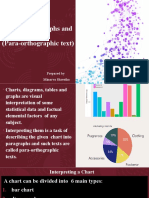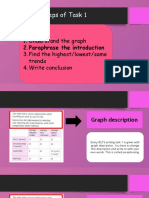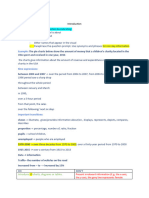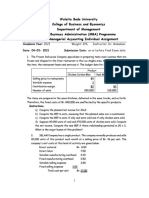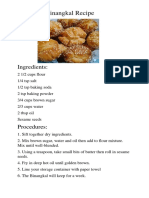0% found this document useful (0 votes)
4 views44 pagesInterpreting Graphs Charts
The document outlines a course aimed at teaching students how to interpret tables and charts effectively. It includes objectives such as understanding data representation, vocabulary for describing data, and steps for structuring interpretations. Various types of charts and graphs are discussed, along with phrases and collocations for describing trends and comparisons.
Uploaded by
manularj2001Copyright
© © All Rights Reserved
We take content rights seriously. If you suspect this is your content, claim it here.
Available Formats
Download as PDF, TXT or read online on Scribd
0% found this document useful (0 votes)
4 views44 pagesInterpreting Graphs Charts
The document outlines a course aimed at teaching students how to interpret tables and charts effectively. It includes objectives such as understanding data representation, vocabulary for describing data, and steps for structuring interpretations. Various types of charts and graphs are discussed, along with phrases and collocations for describing trends and comparisons.
Uploaded by
manularj2001Copyright
© © All Rights Reserved
We take content rights seriously. If you suspect this is your content, claim it here.
Available Formats
Download as PDF, TXT or read online on Scribd
/ 44









